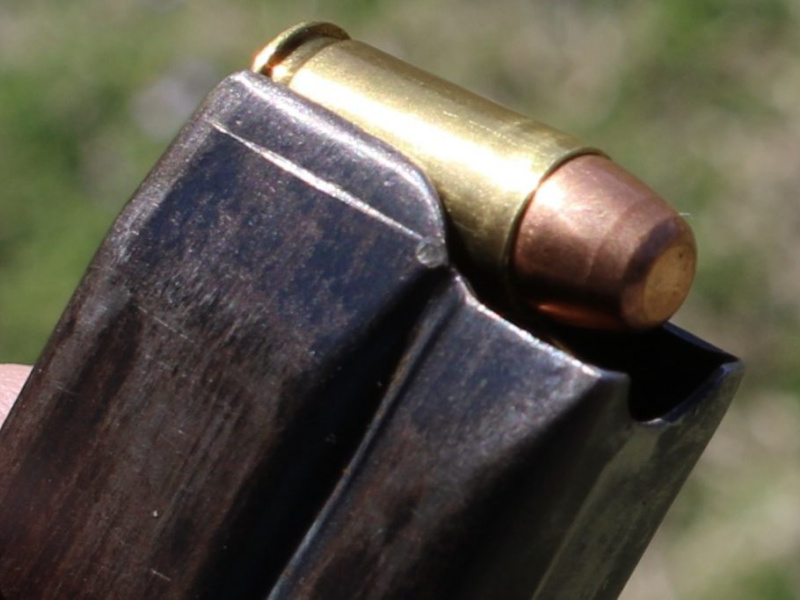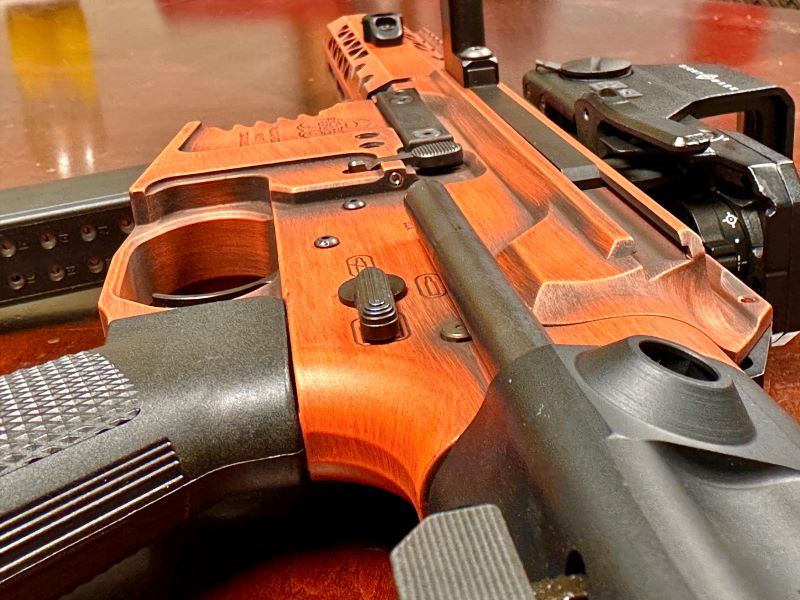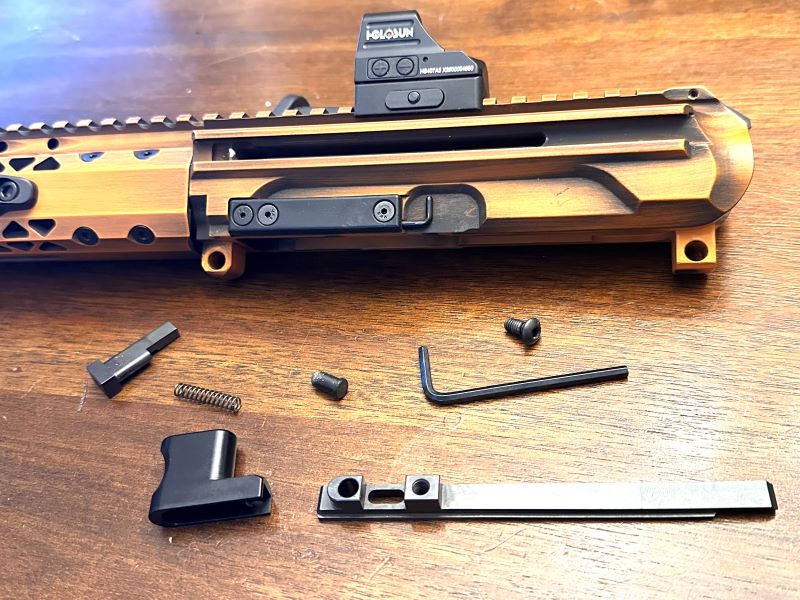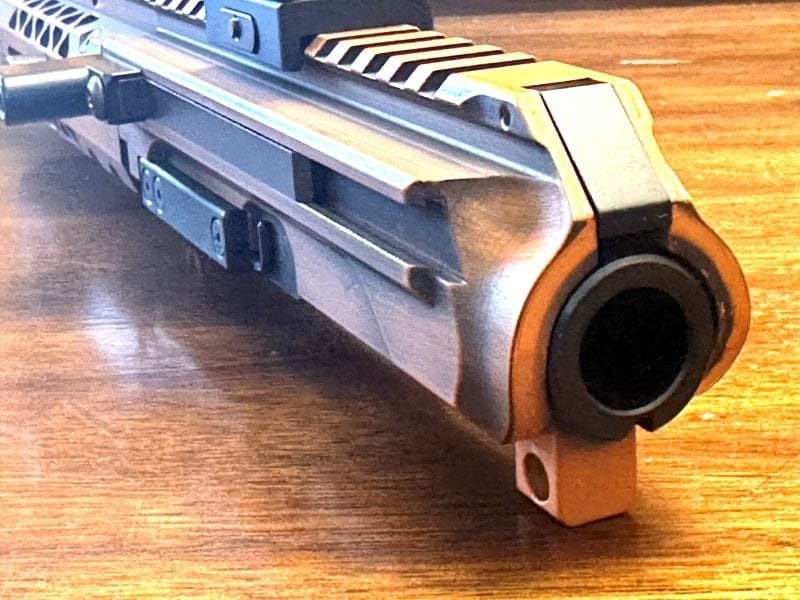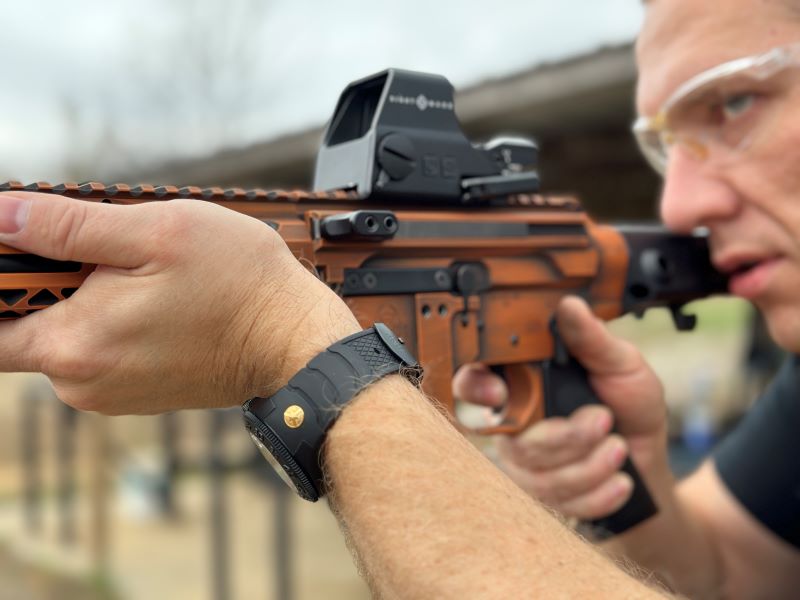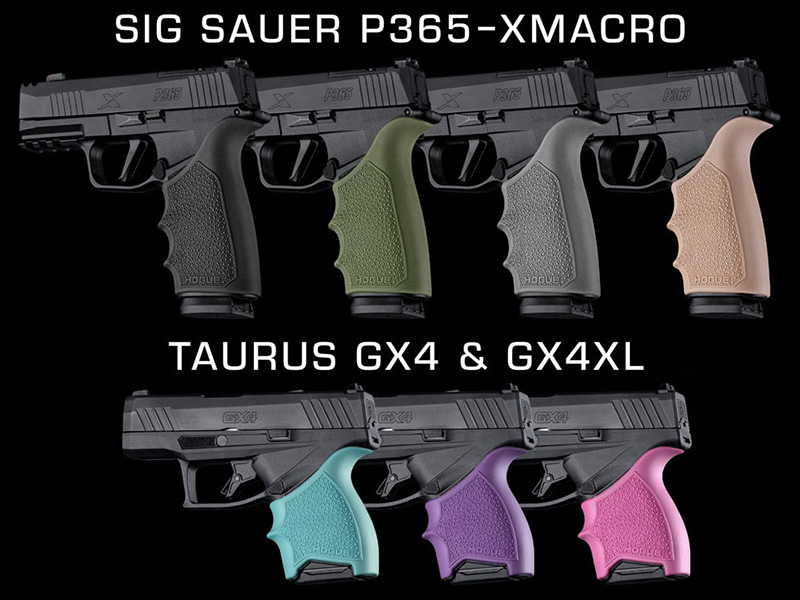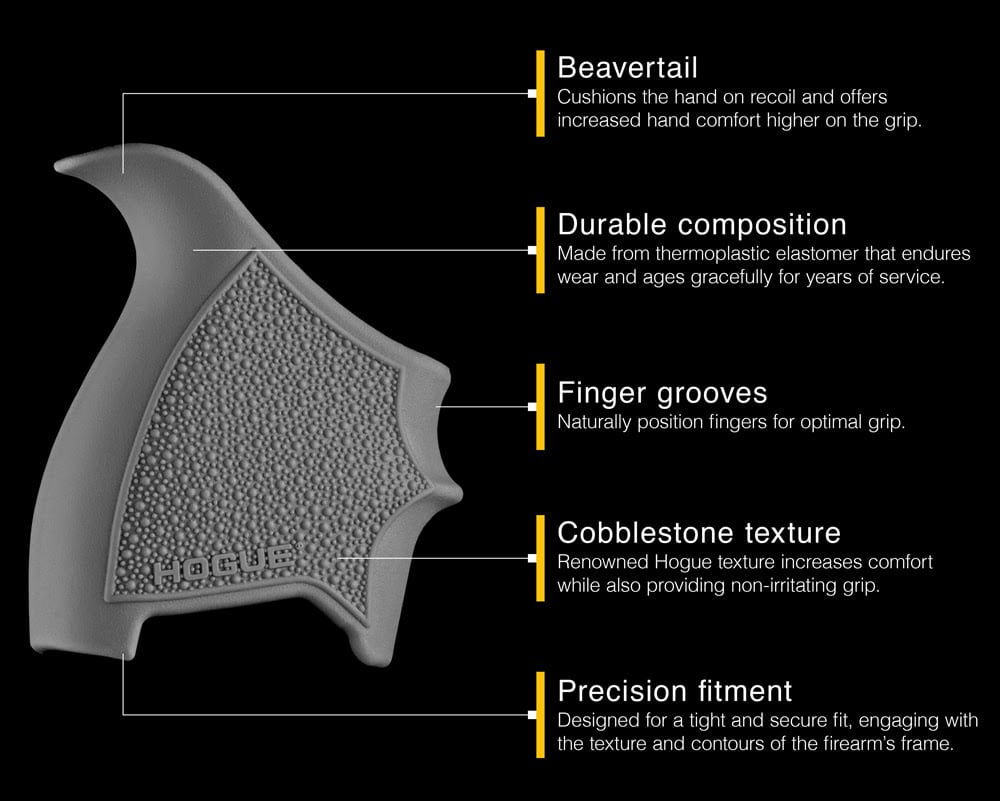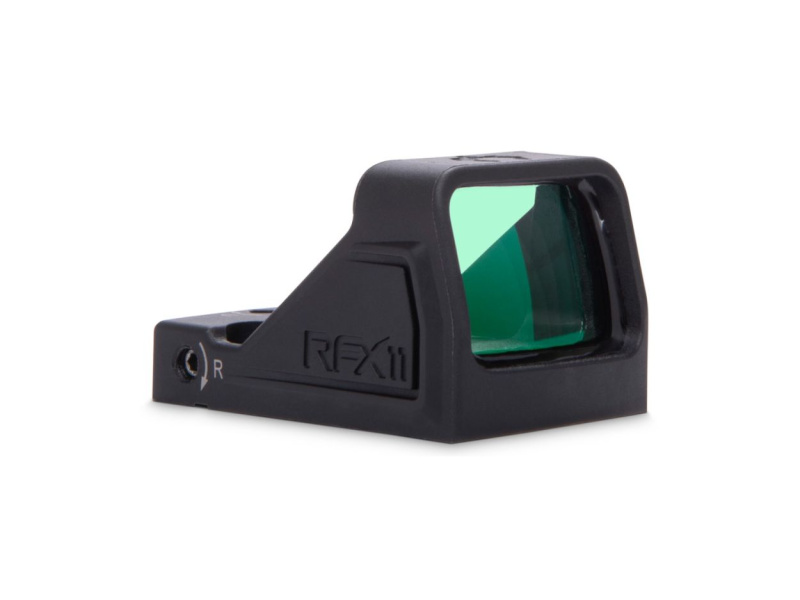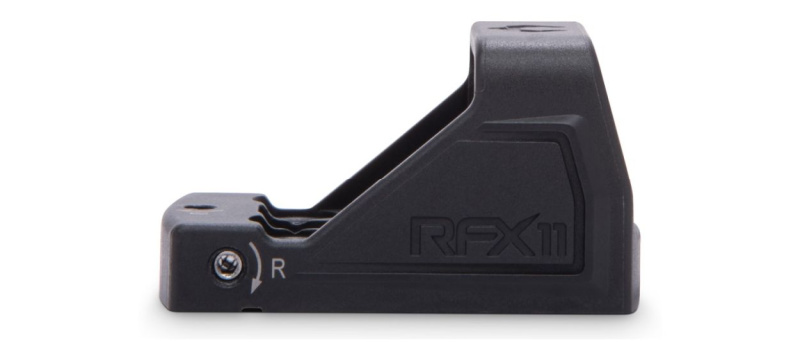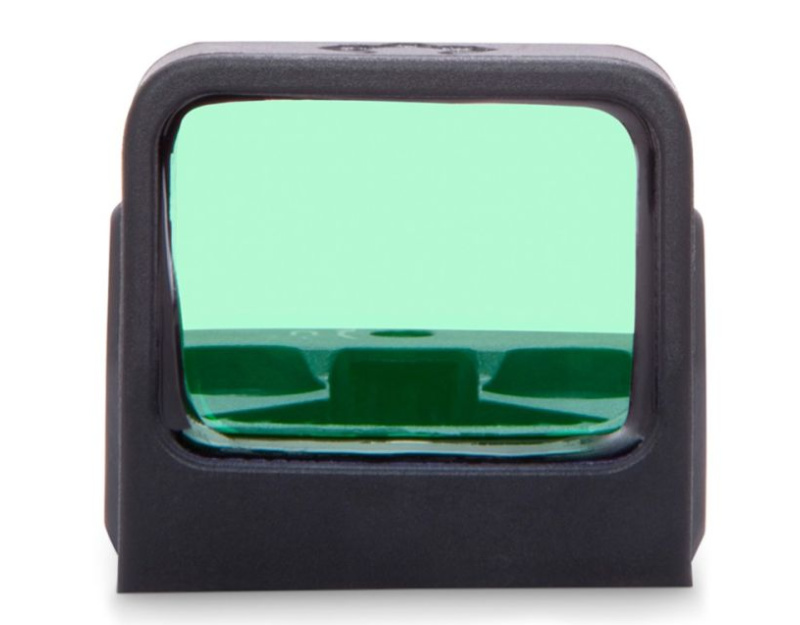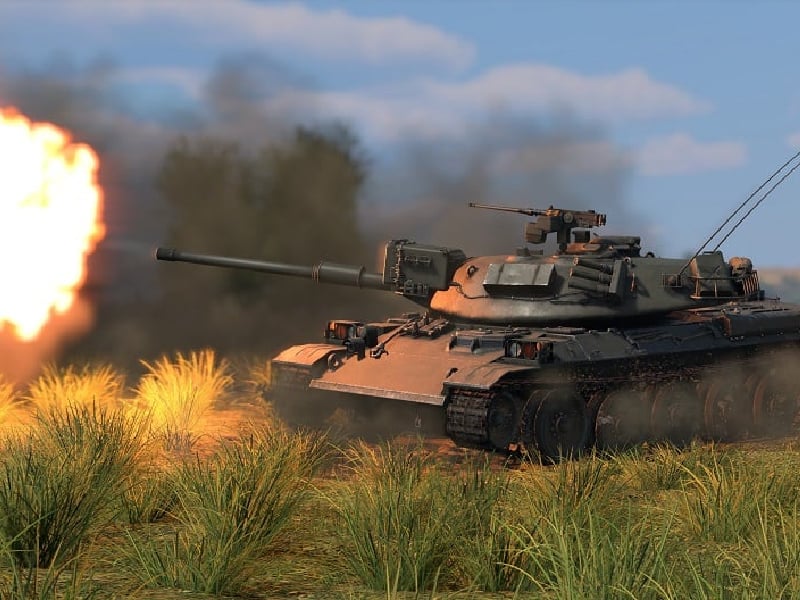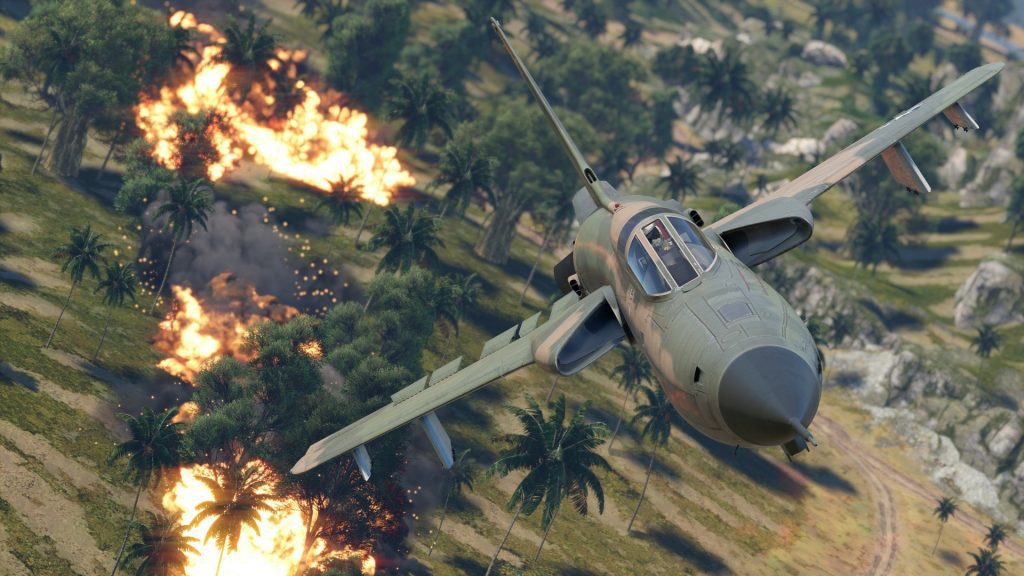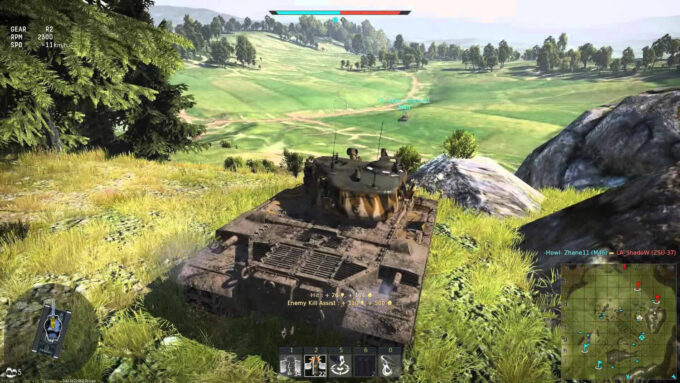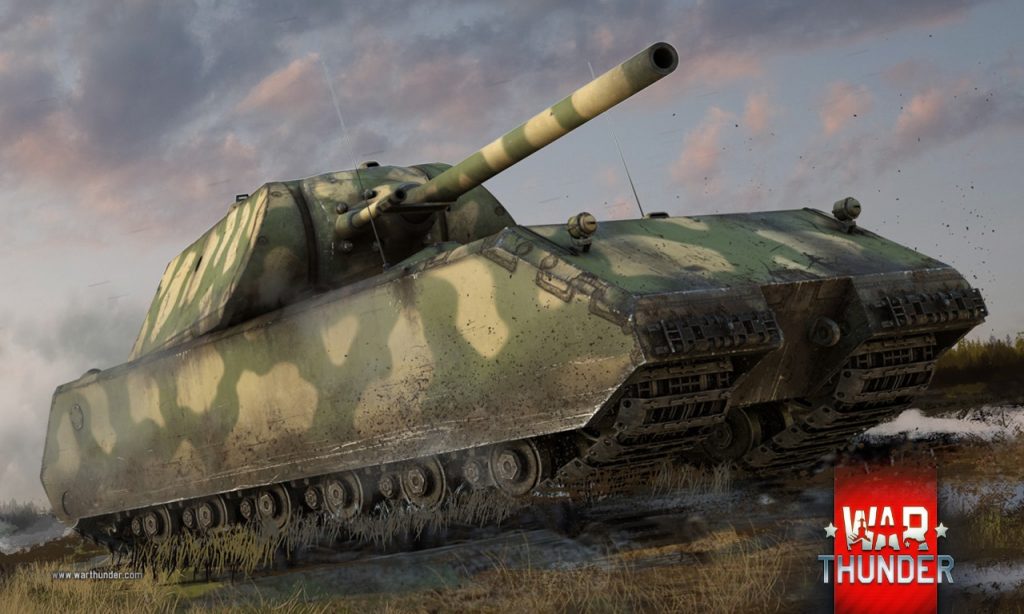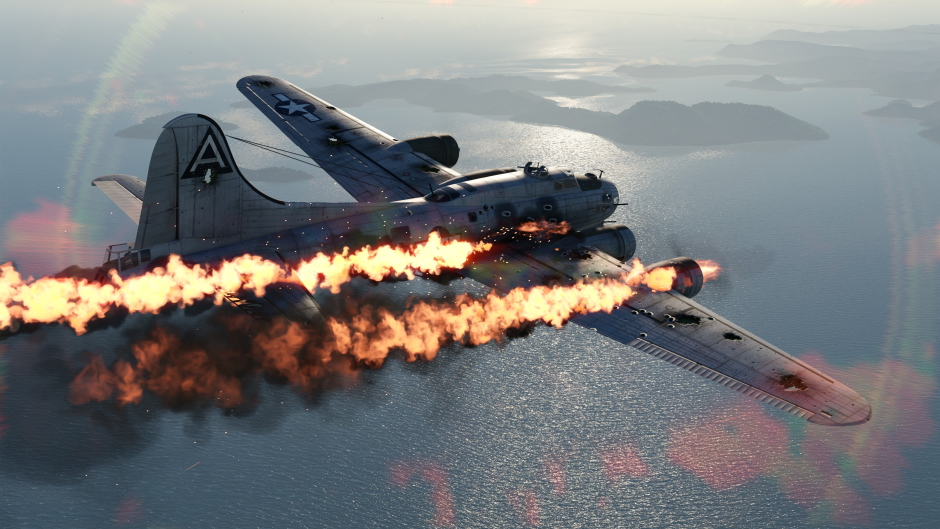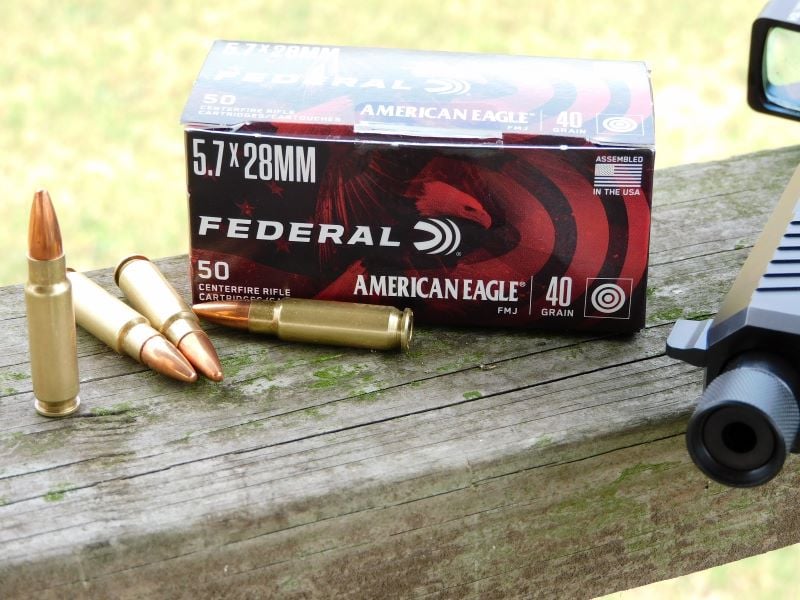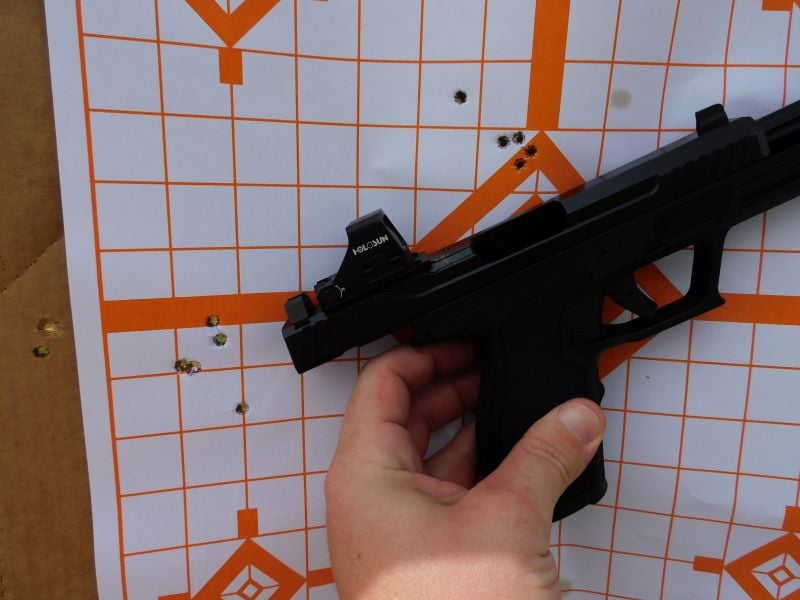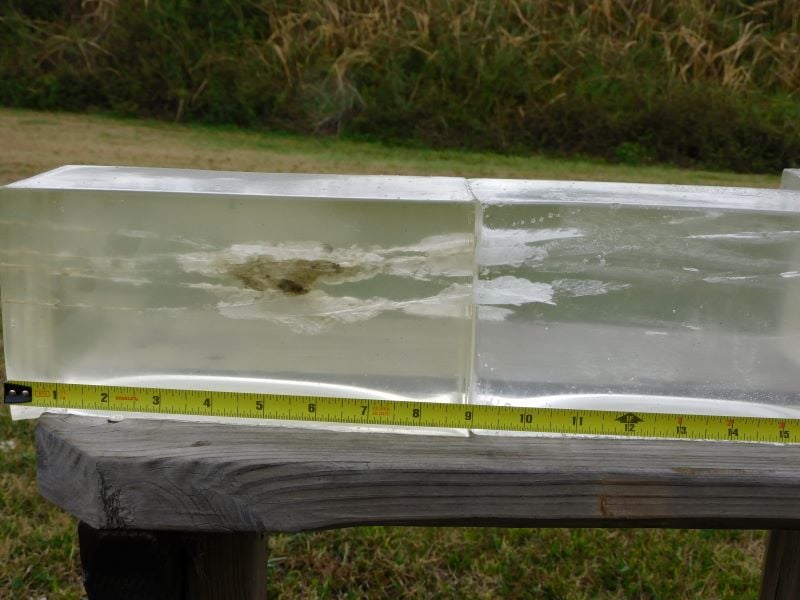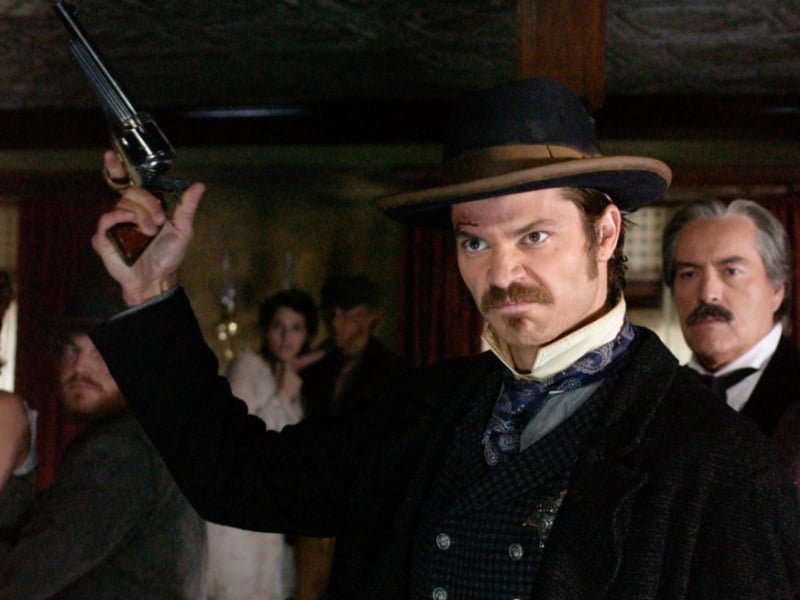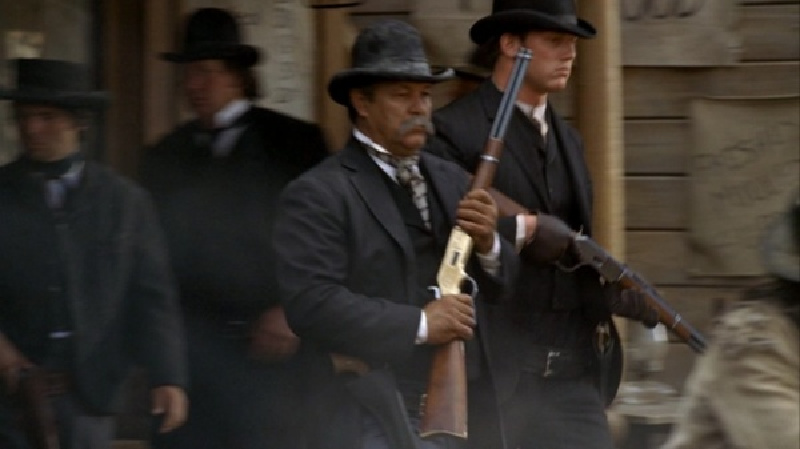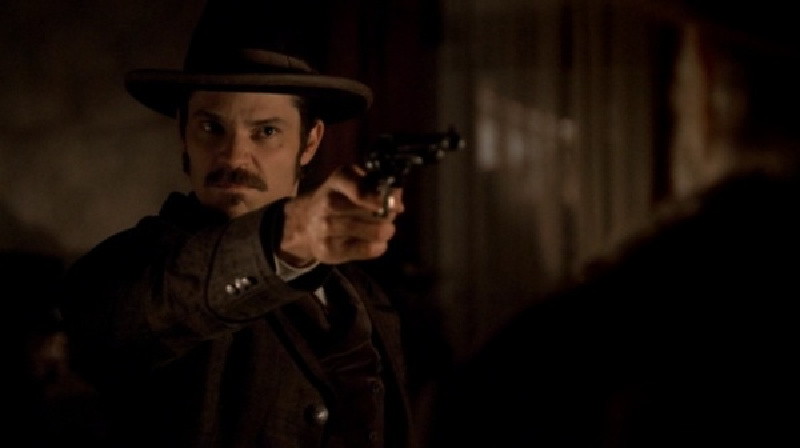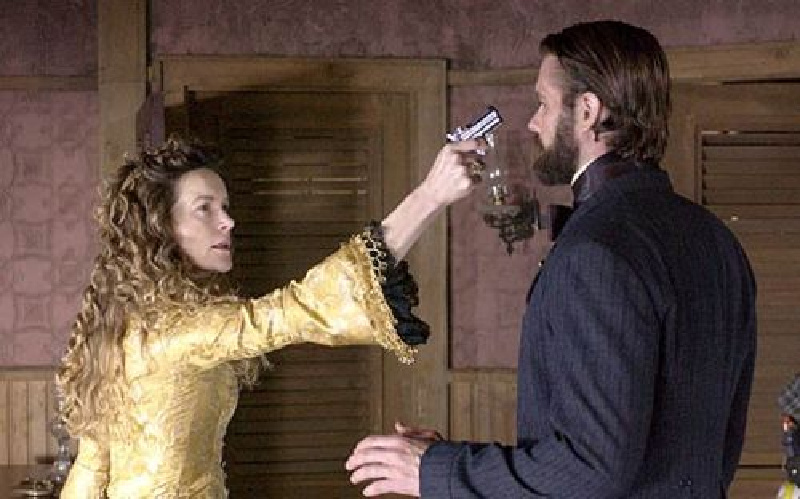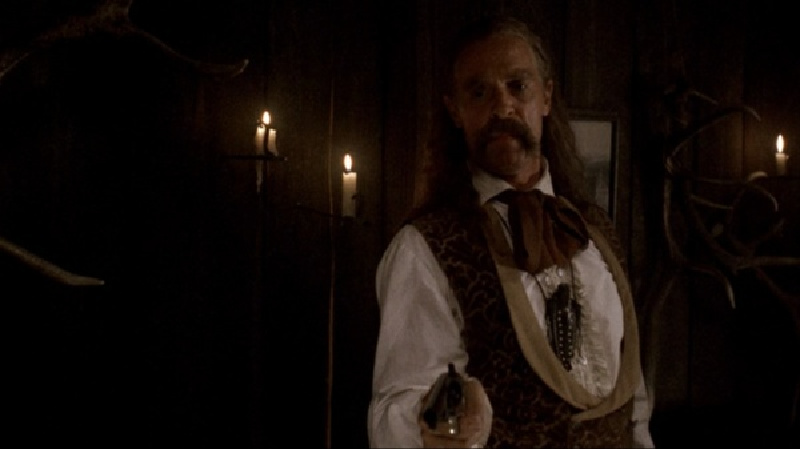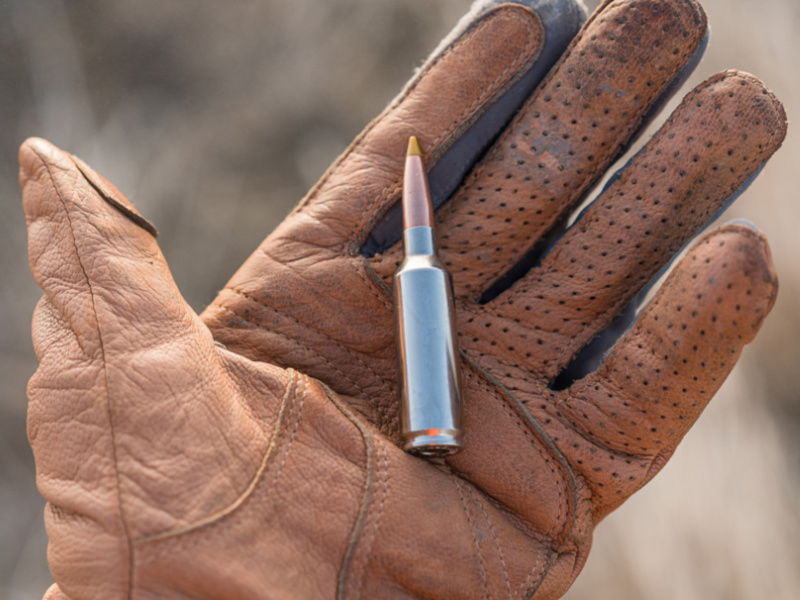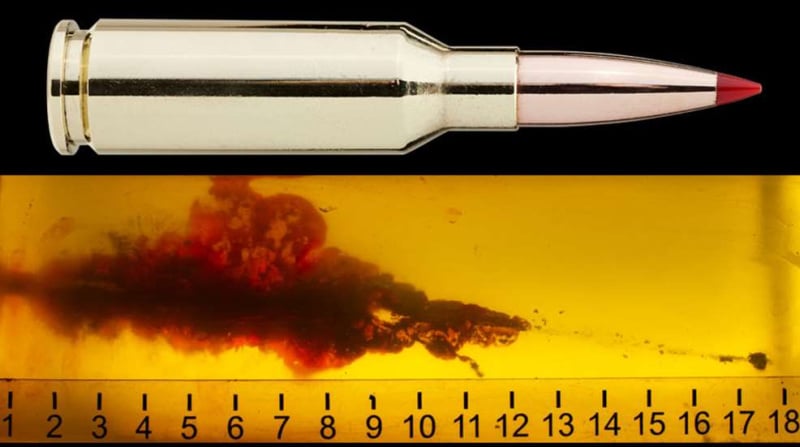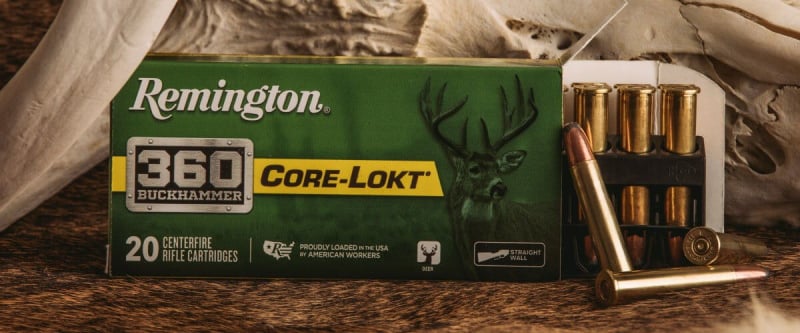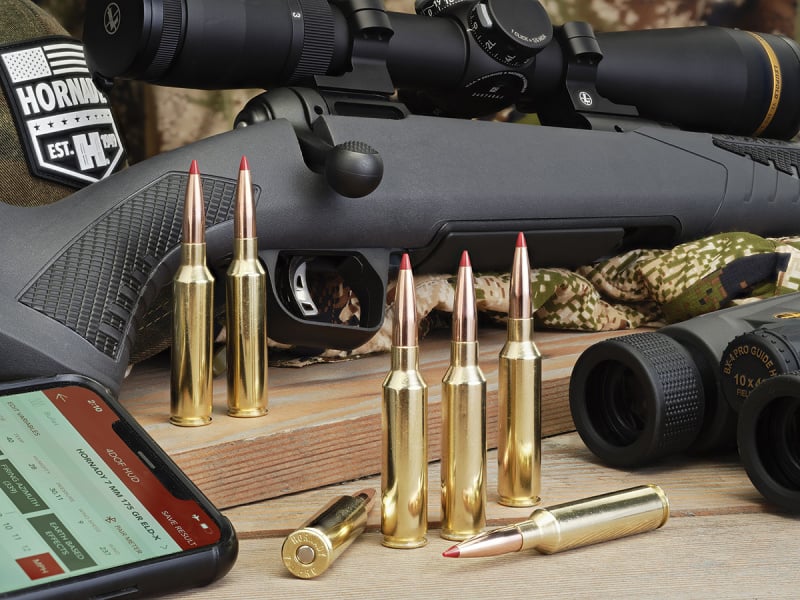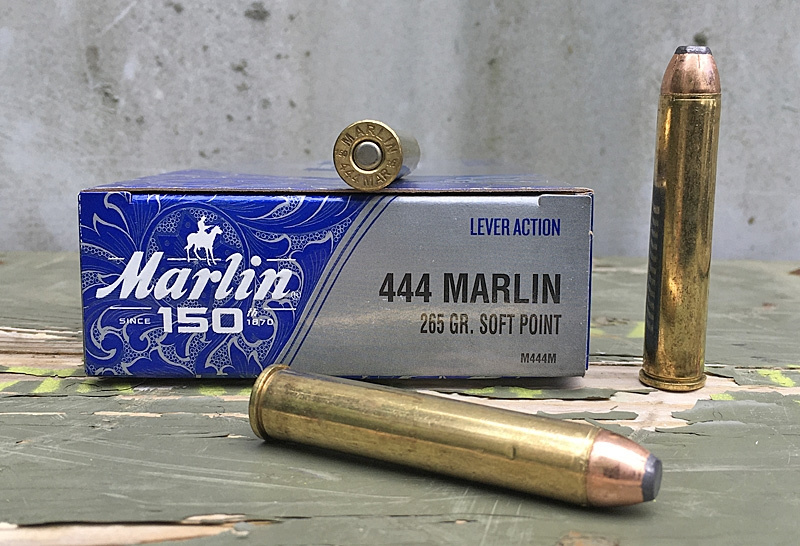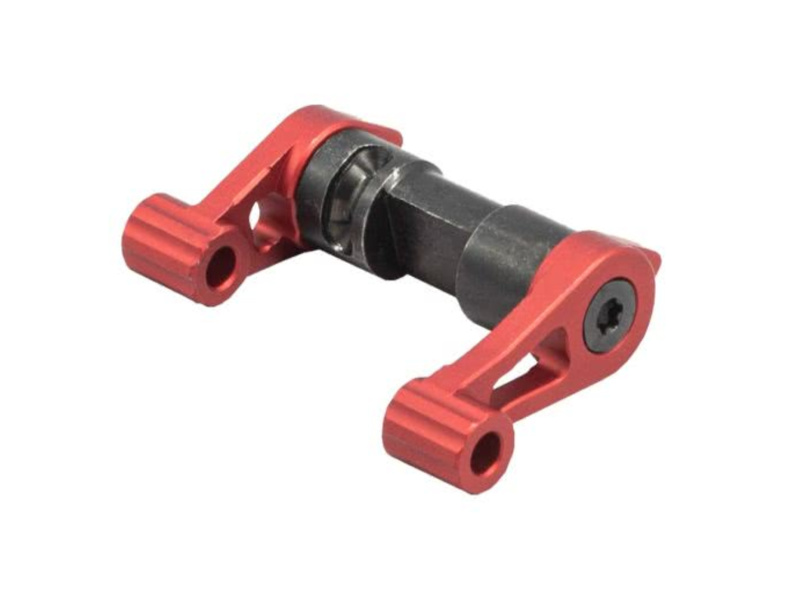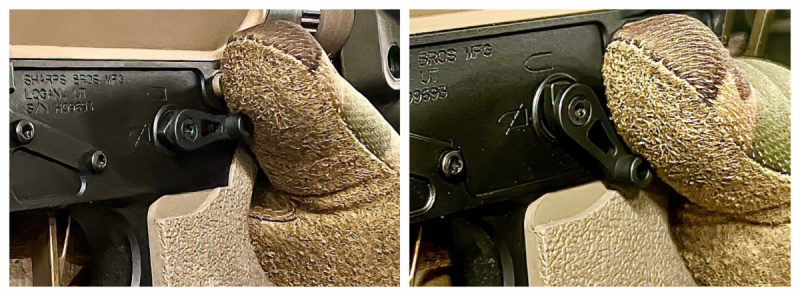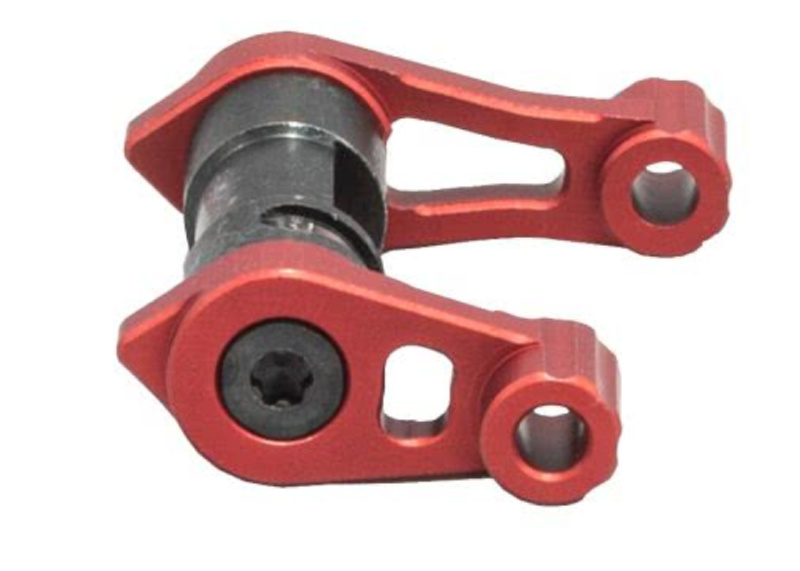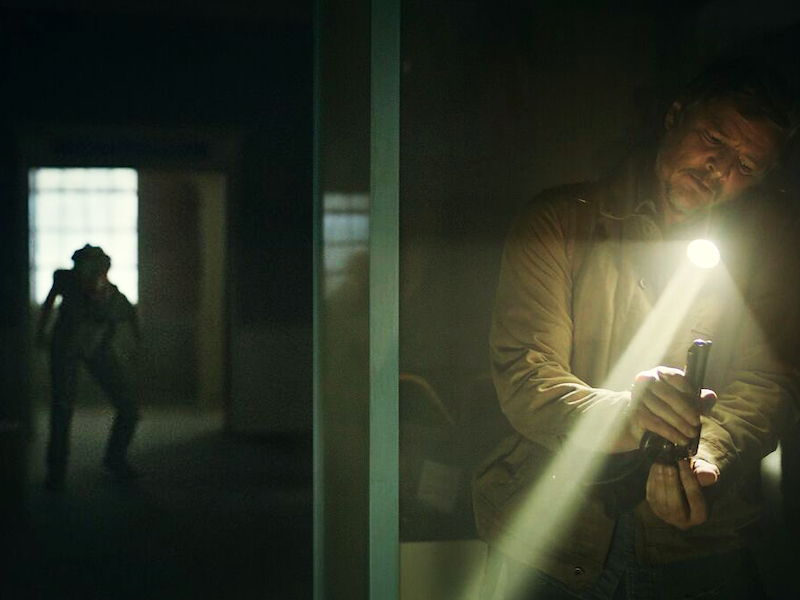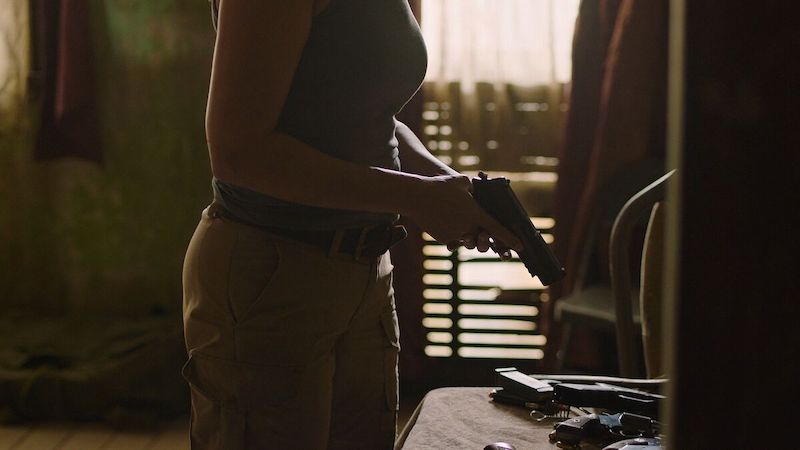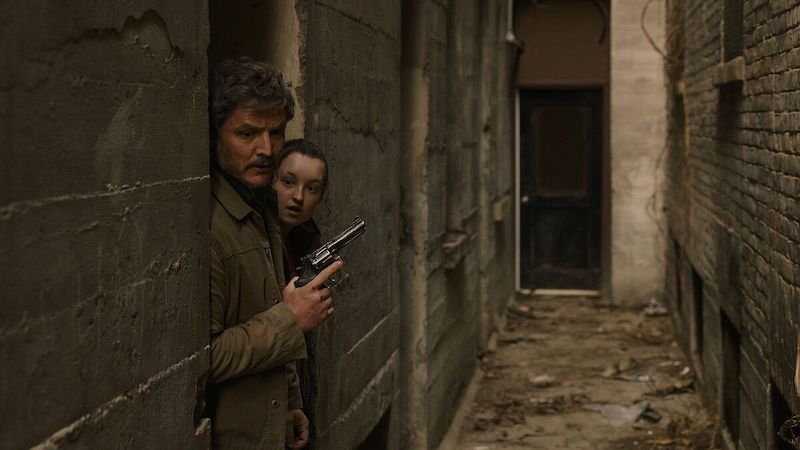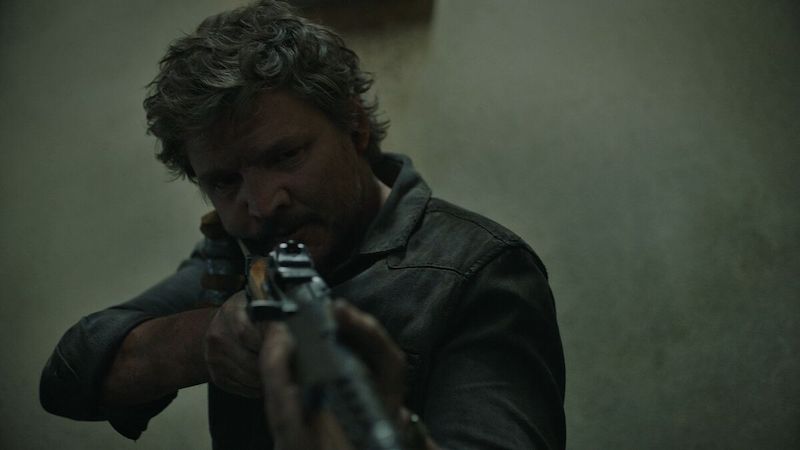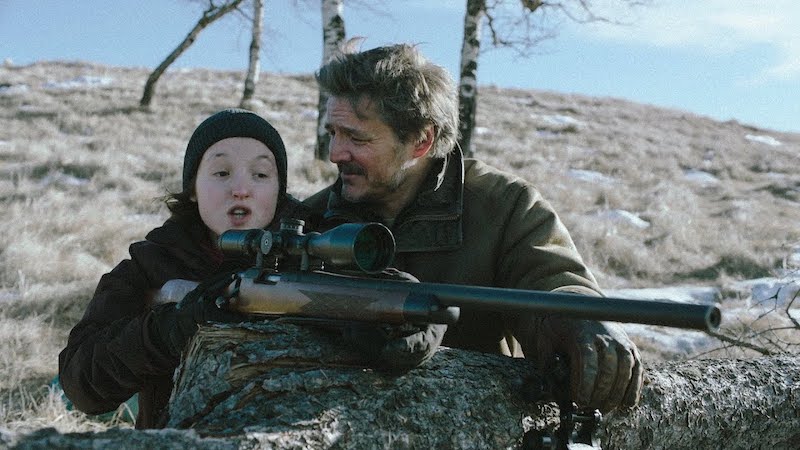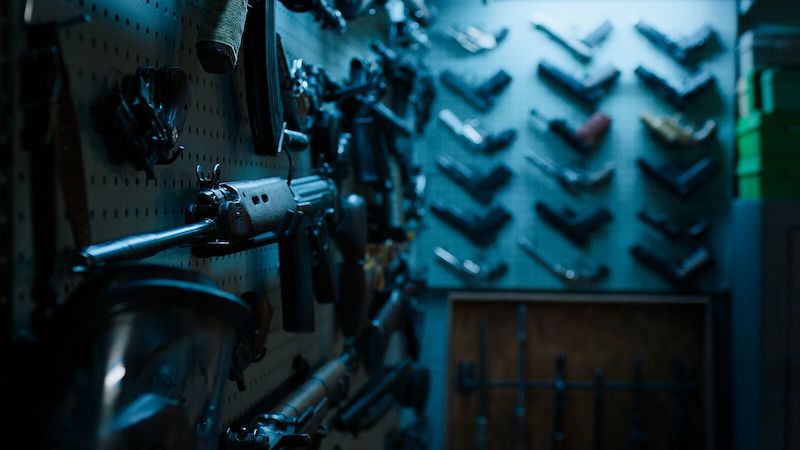5 Reasons to Still Love the .32 ACP
The .32 ACP cartridge is often forgotten by modern firearm users. Our market currently revolves around the 9mm cartridge, often hailed as the best compromise of rounds. It has light recoil, is small enough to allow for decent capacity, penetrates deep enough to matter, and is quite common and easy to find. When you need a gun smaller than 9mm, the typical choice is .380 ACP. However, I want you to ditch the .380- ACP for pocket pistols and give the .32 ACP a chance.
Well, not just you as a reader, but the industry as a whole. The .380 ACP is fine in guns like the new Beretta 80X Cheetah, but in pocket-sized pistols, the .32 ACP is the clear winner, and I’ll give you five reasons why!
1. It Penetrates Deep Enough
Handguns are not great fighting weapons in general. They tend to be rather poor at combat purposes. To be capable of taking a bad guy down, the cartridge should be able to penetrate at least 12 inches of ballistic gel that is properly calibrated. This ensures the cartridge can reach something vital in a threat.
The .32 ACP can reach that depth. What’s tricky is pairing the right ammo with the right gun to achieve it. If you are using something like a Walther in .32 ACP, you can likely choose a traditional jacketed hollow point and get both proper penetration depth and expansion. If you are using something smaller, like a P32, a Bobcat, or a Seecamp, then you want to stick with 71-grain FMJs. With smaller guns, you don’t get adequate penetration or expansion with a JHP.
I carry a pocket-sized.32 ACP, so I use the 71-grain FMjs. They penetrate deep enough and will not over-penetrate. Sure, it has less footpounds, but so what? It’s not a great alternative to 9mm, 40 S&W, or any true duty caliber and shouldn’t try to beat them. However, it beats out .380 ACP and .22LR in several categories and is the Goldilocks version of a pocket pistol cartridge.
2. Low Recoil
Who likes shooting a pocket-sized .380 ACP? An LCP, a Bodyguard, or a similar weapon? The recoil is nasty, and even with a tight grip, the gun bucks and kicks, making it tough to hold onto and consistently shoot accurately. Replace that .380 ACP cartridge with a .32 ACP, and the difference is night and day.
You get half the recoil impulse. This creates a weapon that is very easy to shoot and aim consistently. You can keep the weapon on target and consistently drop rounds into the target with great accuracy. The .32 ACP is perfect for pocket pistols. It’s soft and comfortable to fire, much like a .22LR, but you get the reliability of a centerfire cartridge.
How much recoil? Well, if we take a .380 ACP and a .32 ACP handgun, that weighs the exact same. Let’s use 9.6 ounces, which is roughly the weight of my Ruger LCP. The recoil from a. 380 ACP is 5.4 foot pounds. Let’s use the same gun, but in 32 ACP, and we get a weight of 2.38 pounds. That’s less than half the recoil energy.
3. Higher Capacity
The smaller .32 ACP cartridge leaves room in a magazine for more ammo. In typical single-stack scenarios, you can usually get one more round compared to .380 ACP and 9mm cartridges, I’d imagine in a double-stack or micro-compact scenario. We can see 12 to 13 rounds in a flush-fitting magazine. In a pocket carry option, an eight-round magazine is quite nice.
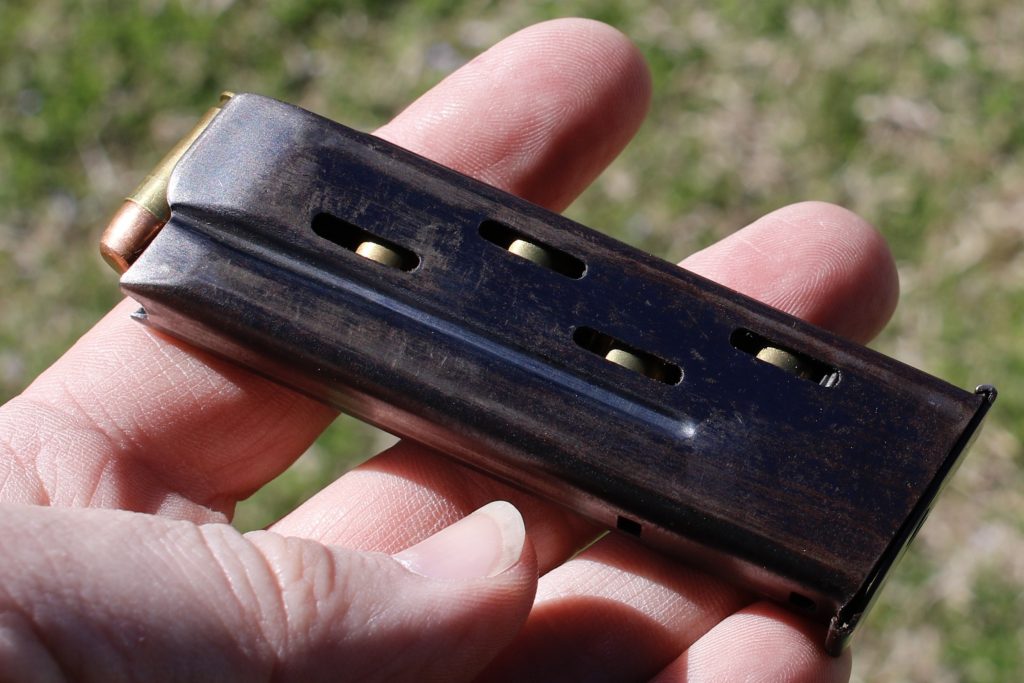
In an era where capacity and efficiency rule, the .32 ACP certainly has a spot in the conversation. Guns like the LCP Max are giving pocket pistols 10 + 1 rounds. The .32 ACP could amp that up, much like a very ancient version of the .30 Super Carry. More ammo, similar penetration, but less recoil sounds great to me.
You only have to look back at the Savage M1907 to see that a double stack .32 ACP cartridge can be very compact and quite efficient. Pair that with the modern magazine technology used in micro compacts and you’ll get something special.
4. It Doesn’t Break the Bank
There is an odd idea that .32 ACP is expensive. This can be true when you compare it to 9mm and .22LR. Outside of that, the .32 ACP becomes about the same price as the .380 ACP, the .30 Super Carry, the .25 ACP, and all those other cartridges that fall a little outside the norm. It’s affordable enough to shoot, practice, and become confident with.
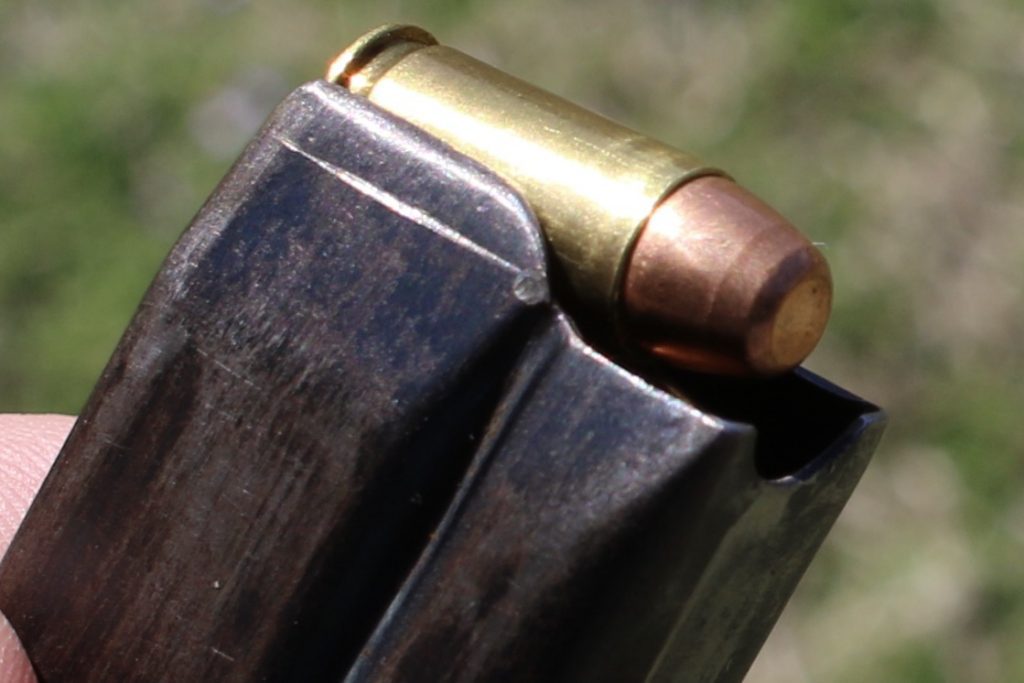
5. ‘Cause John Moses Browning Created It
That’s right, our lord and savior John Moses Browning invented the cartridge alongside the FN M1900/1899. This was the first pistol with a slide and used a simple blowback system. In the United States, it’s known as the .32 ACP, but across the pond, it’s often called the 7.65 Browning. The cartridge was massively popular in Europe and in small pocket pistols. There are a lot of Europeans in the ground due to the .32 ACP.
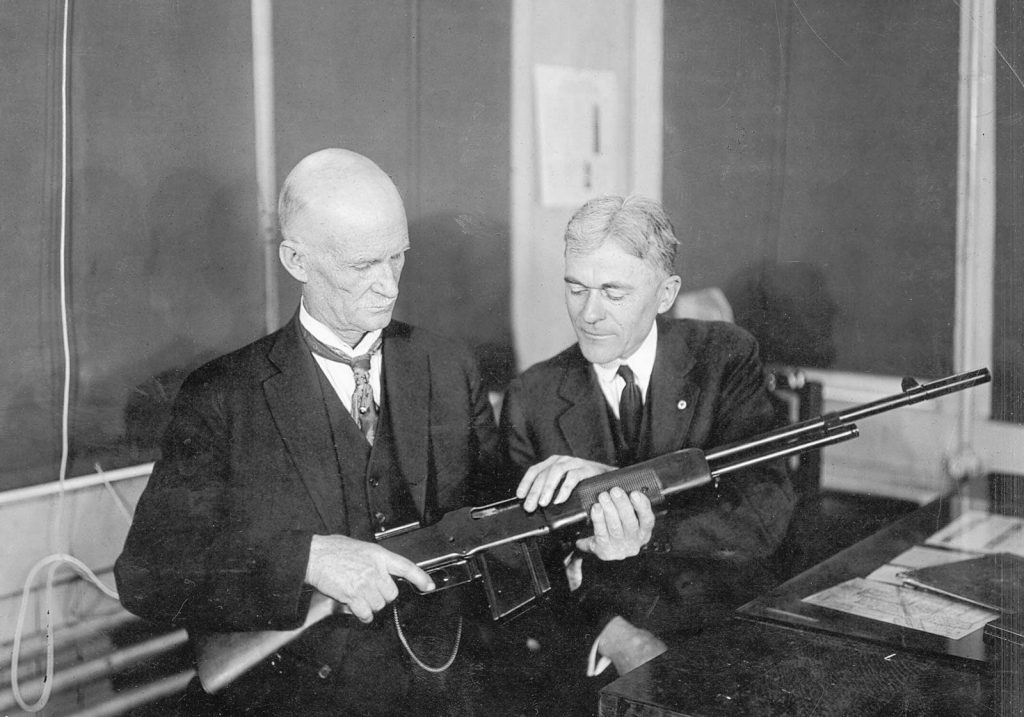
It even became somewhat successful in the United States. Guns like the Colt M1903 pocket pistol premiered in the .32 ACP, and so did the Savage M1907. Both were massively successful pistols and provided modern concealed carry pistols for their era.
John Browning had a mind for the future, what would work and what wouldn’t. It is true he later created the .380 ACP, but I think it’s important to realize the cartridge wasn’t intended for pocket-sized handguns.
The .32 ACP Today
Sadly the .32 ACP is a bit of a red-headed step-child in the handgun industry. We have the classic KelTec P32, which is the lightest semi-auto handgun on the market. The Seecamp is another option, and so is the NAA-32 Guardian, and the Beretta Tomcat is all kinds of cool. Other than that, there aren’t a lot of choices. Sadly Walther and Sig no longer produce their .32 ACP options.
There are several surplus guns on the market, but as far as modern .32 ACPs go, they seem to be fairly thin. Innovative Arms used to make an LCP conversion barrel to turn the .380 into .32 ACP, but they haven’t made a new run in forever. I’d buy one in a heartbeat.
Until then, I’ll stick to my KelTec. Who else would like to see the glorious .32 ACP make the comeback it deserves?

